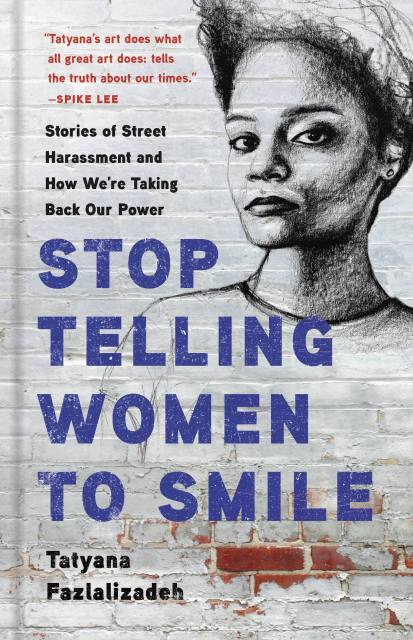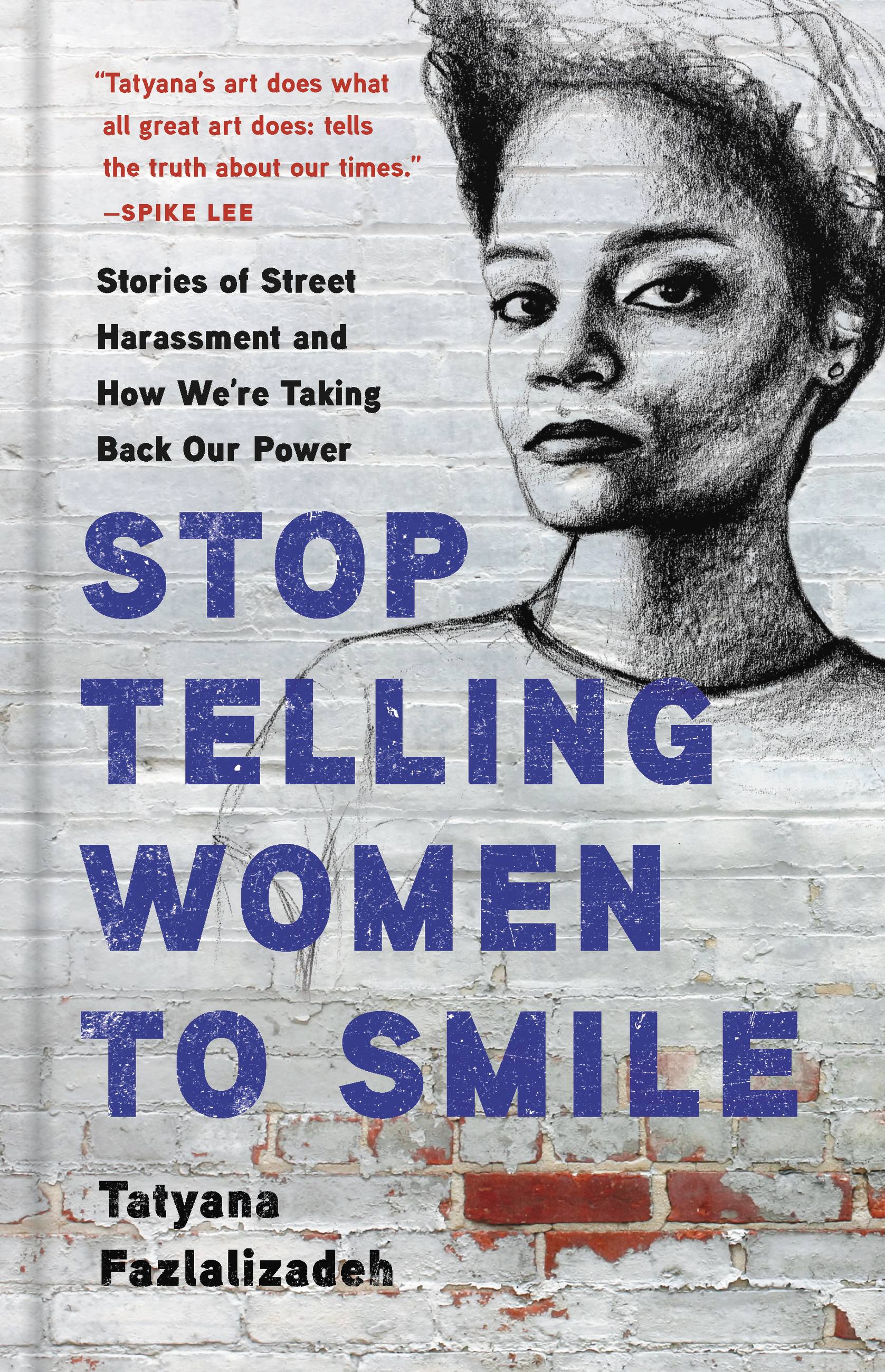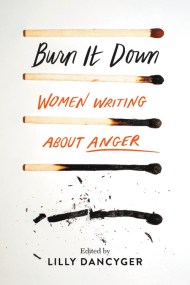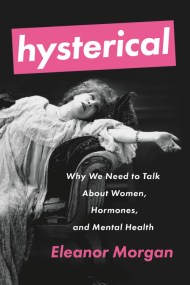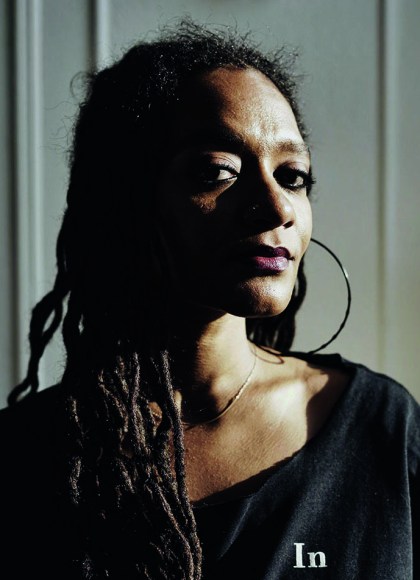Promotion
Use code MOM24 for 20% off site wide + free shipping over $45
Stop Telling Women to Smile
Stories of Street Harassment and How We're Taking Back Our Power
Contributors
Formats and Prices
Price
$16.99Price
$21.99 CADFormat
Format:
- ebook $16.99 $21.99 CAD
- Hardcover $28.00 $35.00 CAD
This item is a preorder. Your payment method will be charged immediately, and the product is expected to ship on or around February 4, 2020. This date is subject to change due to shipping delays beyond our control.
Also available from:
The debut book from a celebrated artist on the urgent topic of street harassment
Every day, all over the world, women are catcalled and denigrated simply for walking down the street. Boys will be boys, women have been told for generations, ignore it, shrug it off, take it as a compliment. But the harassment has real consequences for women: in the fear it instills and the shame they are made to feel.
In Stop Telling Women to Smile, Tatyana Fazlalizadeh uses her arresting street art portraits to explore how women experience hostility in communities that are supposed to be homes. She addresses the pervasiveness of street harassment, its effects, and the kinds of activism that can serve to counter it. The result is a cathartic reckoning with the aggression women endure, and an examination of what equality truly entails.
Every day, all over the world, women are catcalled and denigrated simply for walking down the street. Boys will be boys, women have been told for generations, ignore it, shrug it off, take it as a compliment. But the harassment has real consequences for women: in the fear it instills and the shame they are made to feel.
In Stop Telling Women to Smile, Tatyana Fazlalizadeh uses her arresting street art portraits to explore how women experience hostility in communities that are supposed to be homes. She addresses the pervasiveness of street harassment, its effects, and the kinds of activism that can serve to counter it. The result is a cathartic reckoning with the aggression women endure, and an examination of what equality truly entails.
Genre:
- On Sale
- Feb 4, 2020
- Page Count
- 256 pages
- Publisher
- Seal Press
- ISBN-13
- 9781580058476
Newsletter Signup
By clicking ‘Sign Up,’ I acknowledge that I have read and agree to Hachette Book Group’s Privacy Policy and Terms of Use
